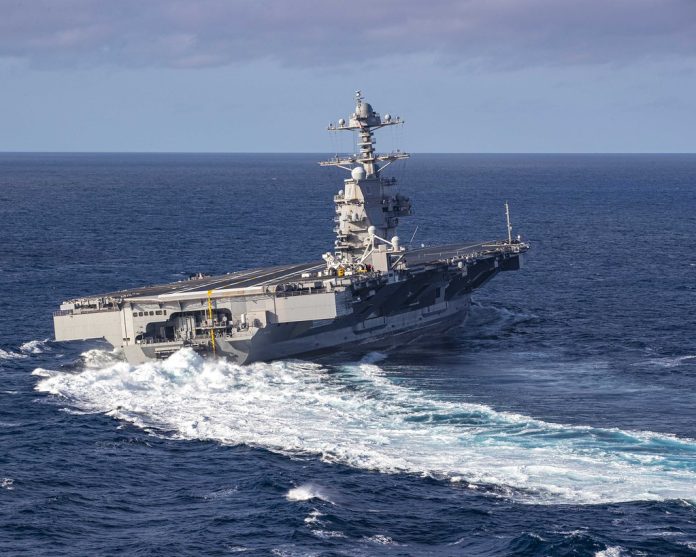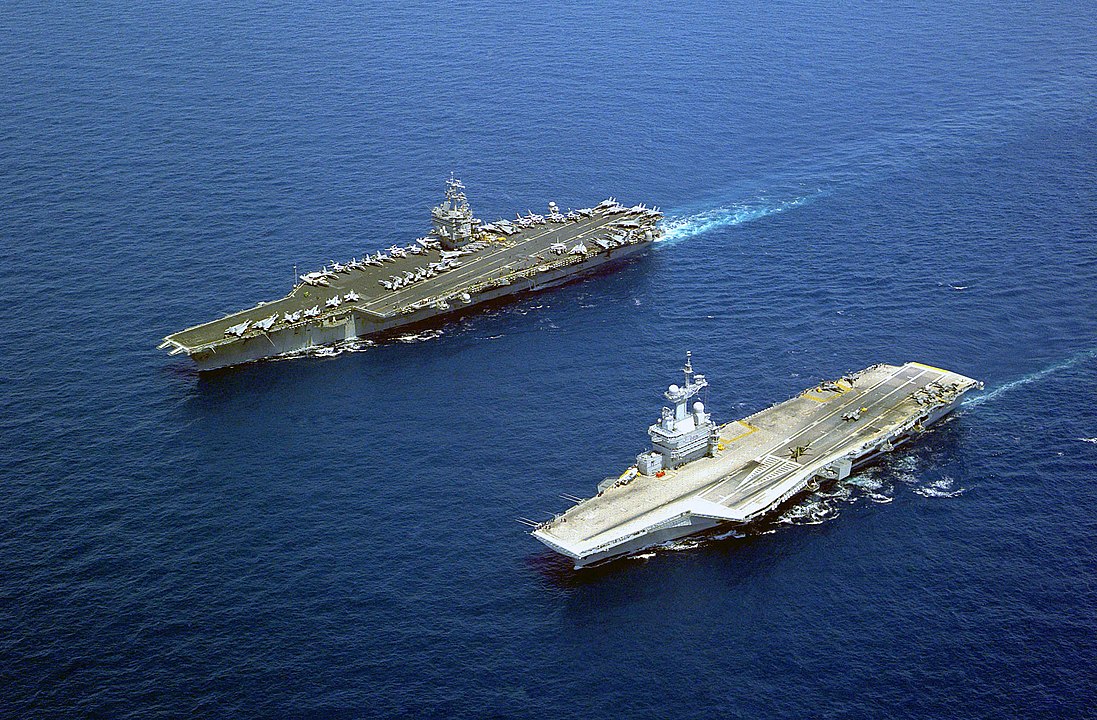
The United States Navy, a formidable bastion of maritime dominance, is steering into the future with a fleet of cutting-edge warships and submarines, poised to affirm its global security commitments and technological supremacy.
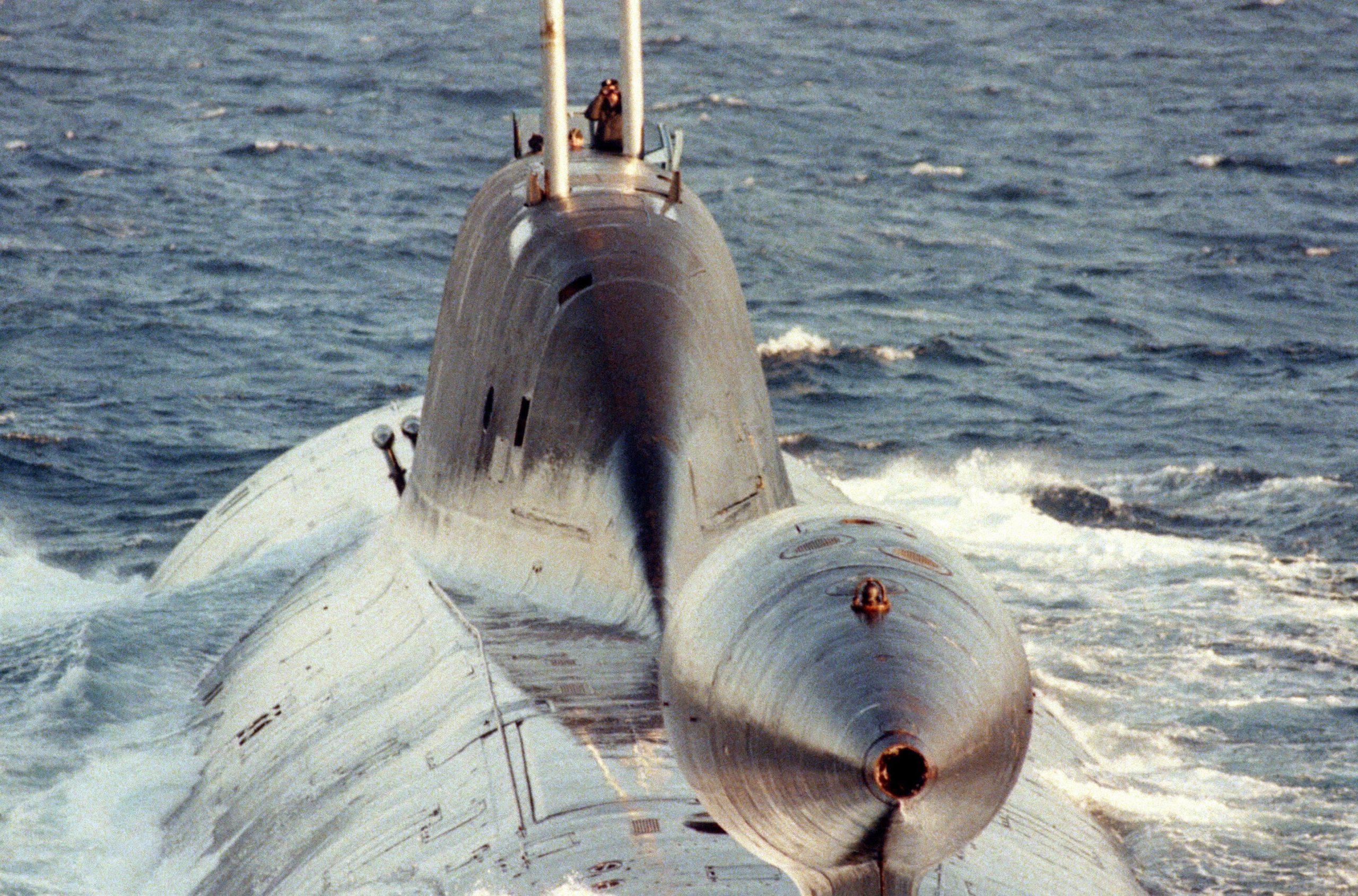
The Navy’s shipbuilding endeavors, stretching from aircraft carriers to nuclear submarines, reveal an ambitious quest to maintain its strategic edge in a world of evolving maritime threats and geopolitical rivalries.

One of the crown jewels in this modern armada is the Ford-class aircraft carrier, a successor to the venerable Nimitz-class and a leap forward in naval warfare.

The vanguard of this new breed, the USS Gerald R. Ford, bristles with the capability to deploy a diverse complement of aircraft, including helicopters, fighter jets, and the new frontier of warfare, unmanned aerial vehicles.
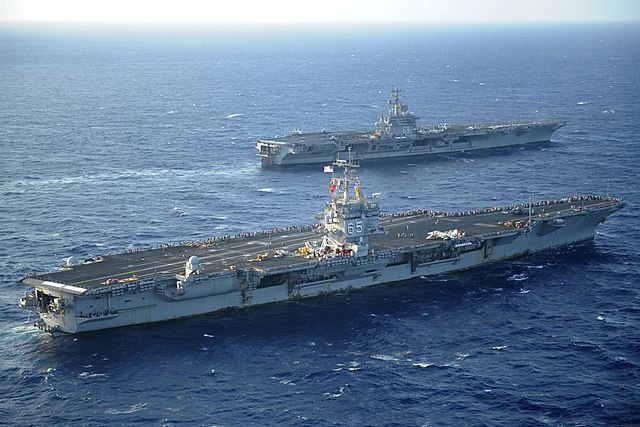
More vessels of this class, such as the USS John F. Kennedy and USS Enterprise, are on the anvil, each embodying the Navy’s commitment to project power across the world’s oceans.
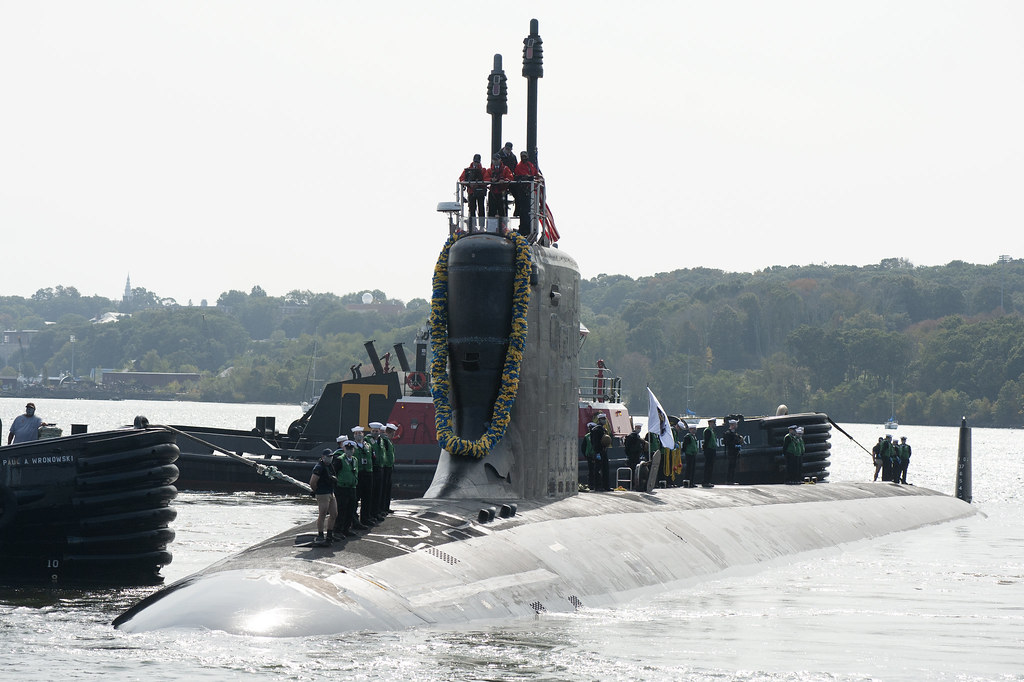
The Virginia-class nuclear submarines represent another significant thrust in the Navy’s maritime strategy. These undersea behemoths, optimized for a broad spectrum of missions from stealthy surveillance to special warfare, are critical to the Navy’s vision of unassailable undersea dominance well into the 21st century.
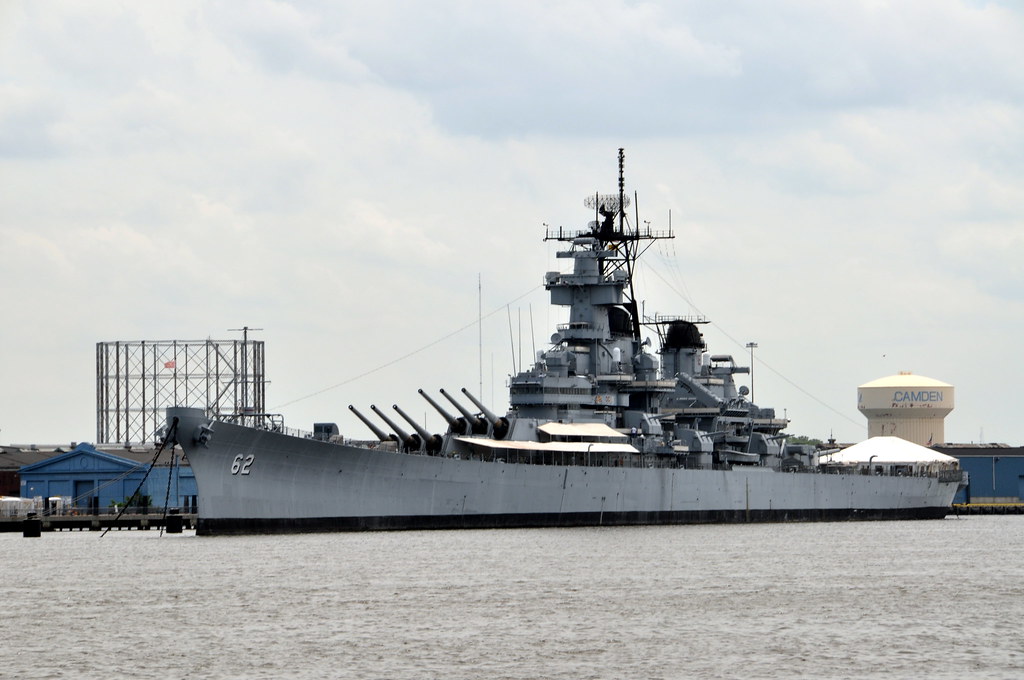
The recent handover of the future USS New Jersey (SSN 796) to the Navy on April 25, 2024, underscores this vision, marking the transfer from construction to active service.
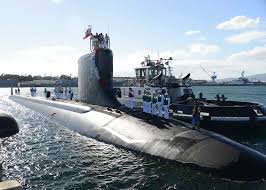
Capt. Mike Hollenbach, Virginia Class Submarine program manager, noted, “We are excited that another Virginia-class submarine has taken a major step toward deploying with our fleet and enhancing our Navy’s warfighting capabilities.”

Further bolstering the fleet are the Arleigh Burke-class guided missile destroyers, a testament to the Navy’s surface warfare capabilities. These vessels, equipped with a versatile array of weapon systems, are essential to the Navy’s mission to secure the seas and deter aggression.

As the U.S. Navy evolves, it contends with the challenges of executing an ambitious shipbuilding program detailed in the Future Years Defense Program (FYDP) and the 30-year shipbuilding plan.
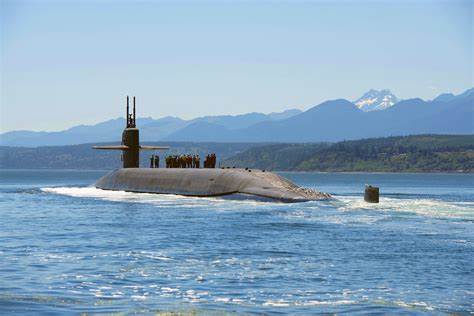
The plan envisions a notable increase in active battle force ships to achieve a future fleet of 381 ships, supplemented by 134 unmanned vessels. Despite recent setbacks like the delay in the Columbia-class submarine program, which has seen the first vessel, SSBN-826, fall behind by 12 to 14 months, the Navy is determined to overcome these hurdles to meet its long-term goals.
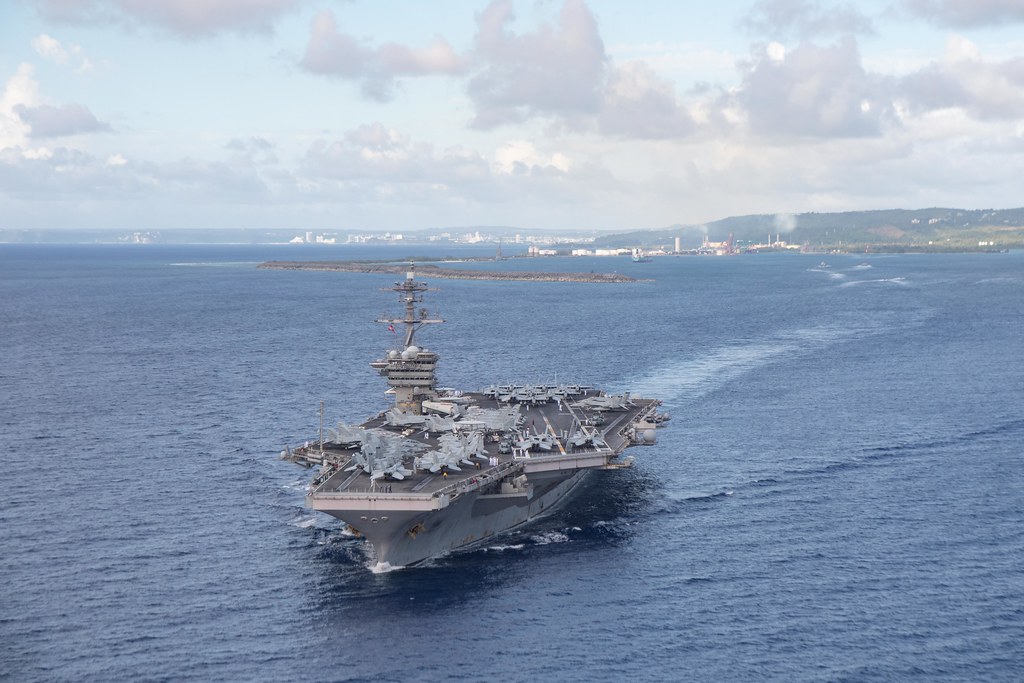
The shipbuilding community faces a rigorous path ahead to realize the Navy’s aspirations. For instance, the first of the Constellation-class guided-missile frigates, FFG-62, is expected to be delivered 36 months later than initially planned, a setback attributed to the multifaceted demands on shipbuilder Marinette Marine. Nevertheless, the Navy remains committed to refining the shipbuilding process, eager to bring these formidable vessels into service.
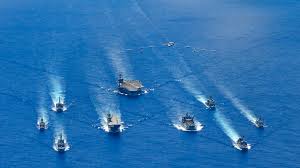
Amid this expansive modernization, the strategic undercurrents of global politics are ever-present. The U.S. Navy’s resolve to reinforce its submarine force and invest in unmanned underwater vehicles (UUVs) is sharpened by the escalating tensions worldwide.

Innovations such as merging the capabilities of submarines and aircraft carriers to deploy drone swarms illustrate the inventive spirit driving the Navy’s response to contemporary security challenges.
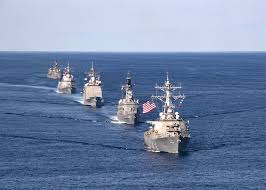
The Navy’s modernization process, interwoven with the fabric of global geopolitics and technological advancement, is a narrative of unwavering commitment to safeguarding international waters and upholding the balance of power. With the keels laid and the hulls rising, the future U.S. Navy fleet is set to sail into an era where maritime prowess is as crucial to peace as it is to war.
Relevant articles:
– The Future Warships and Submarines of the US Navy, 24/7 Wall St.
– Future USS New Jersey Delivers to U.S. Navy, United States Navy (.mil)
– Without change, US Navy’s future fleet looks too ambitious for industry, Defense News
– Merge a Submarine and Aircraft Carrier: The U.S. Navy’s Future Warship, The National Interest
